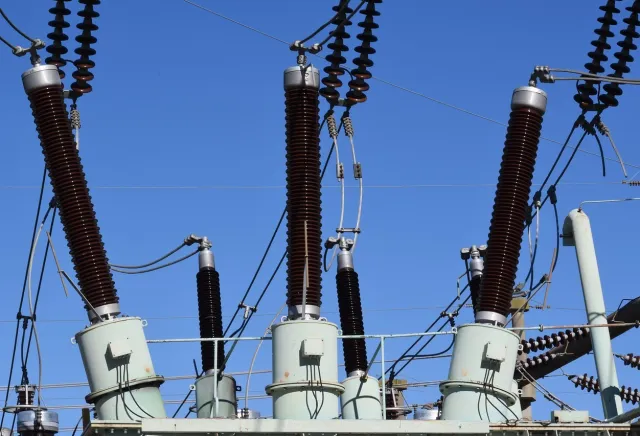This paper prepared by Bogdan Kasztenny, Schweitzer Engineering Laboratories, Inc., and Joe Rostron, Southern States, LLC which was presented at the 71st Annual Conference for Protective Relay Engineers and can be accessed at here.
This paper "Circuit Breaker Ratings – A Primer for Protection Engineers" deals primarily on high voltage circuit breakers:
- Explains the asymmetrical short-circuit interrupting current rating
- Teaches how the decaying dc component in the asymmetrical fault current affects the breaker
- Explains how the X/R ratio and the relay operating time affect the asymmetrical current breaker rating
- Introduces and illustrates ultra-high-speed protection principles that can operate in just a few milliseconds
- Explains how to derate a breaker for the relay operating time that is shorter than the standard reference value of 0.5 cycle
- Calculates the "rating loss" due to fast tripping to mitigate the effect of ultra-high-speed relays without the need to replace breakers.
This paper explains the impact of the fault current dc component on the breaker asymmetrical current interrupting rating. The longer the dc time constant, the higher the dc value at the time of contact parting, and the harder it will be for the breaker to interrupt the current. Similarly, the faster the relay, the higher the dc value at the time of contact parting, and the harder it will be for the breaker. At the same time, the slower the breaker, the smaller the dc value at the time of contact parting, the easier the current interrupting process, and the smaller the impact of the relay operating time on this process.
